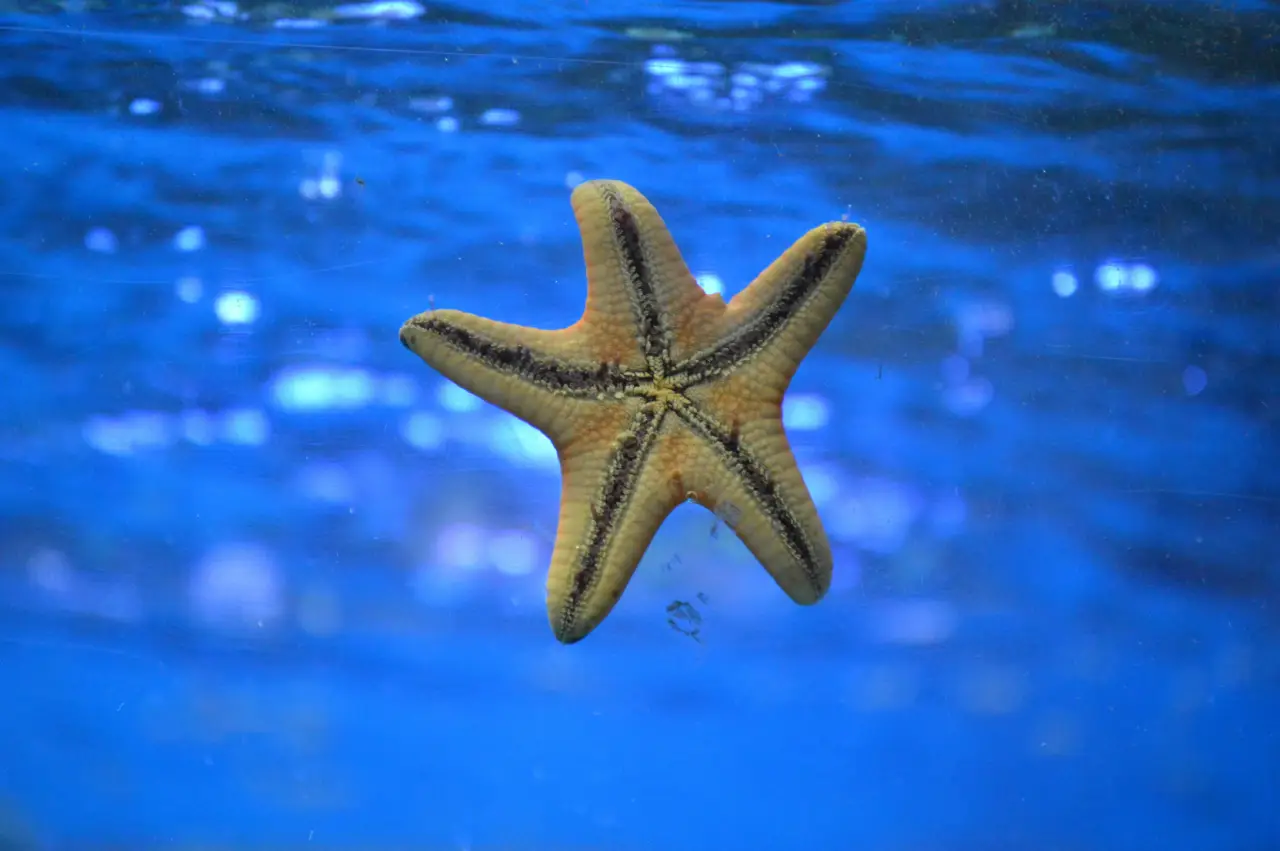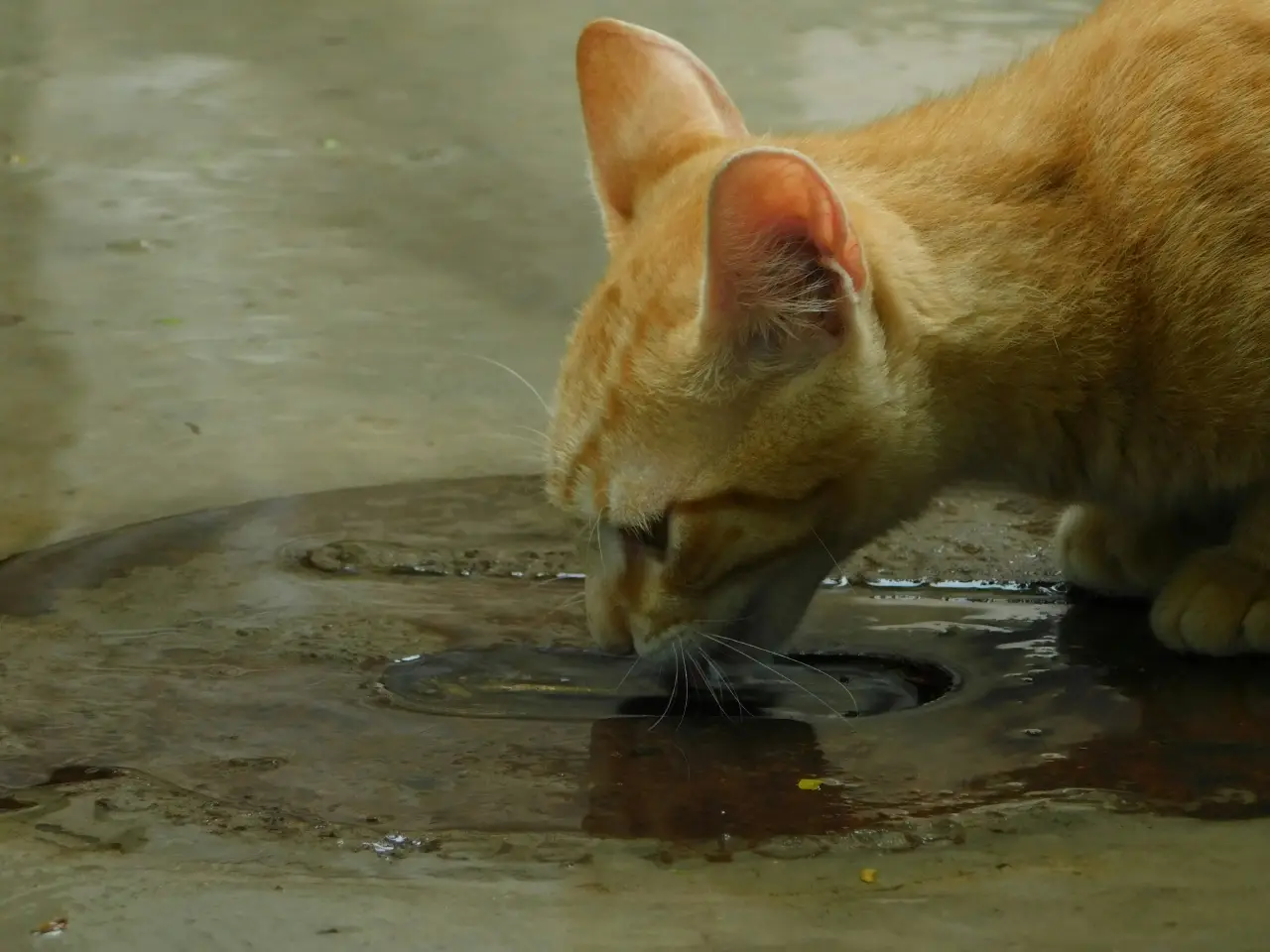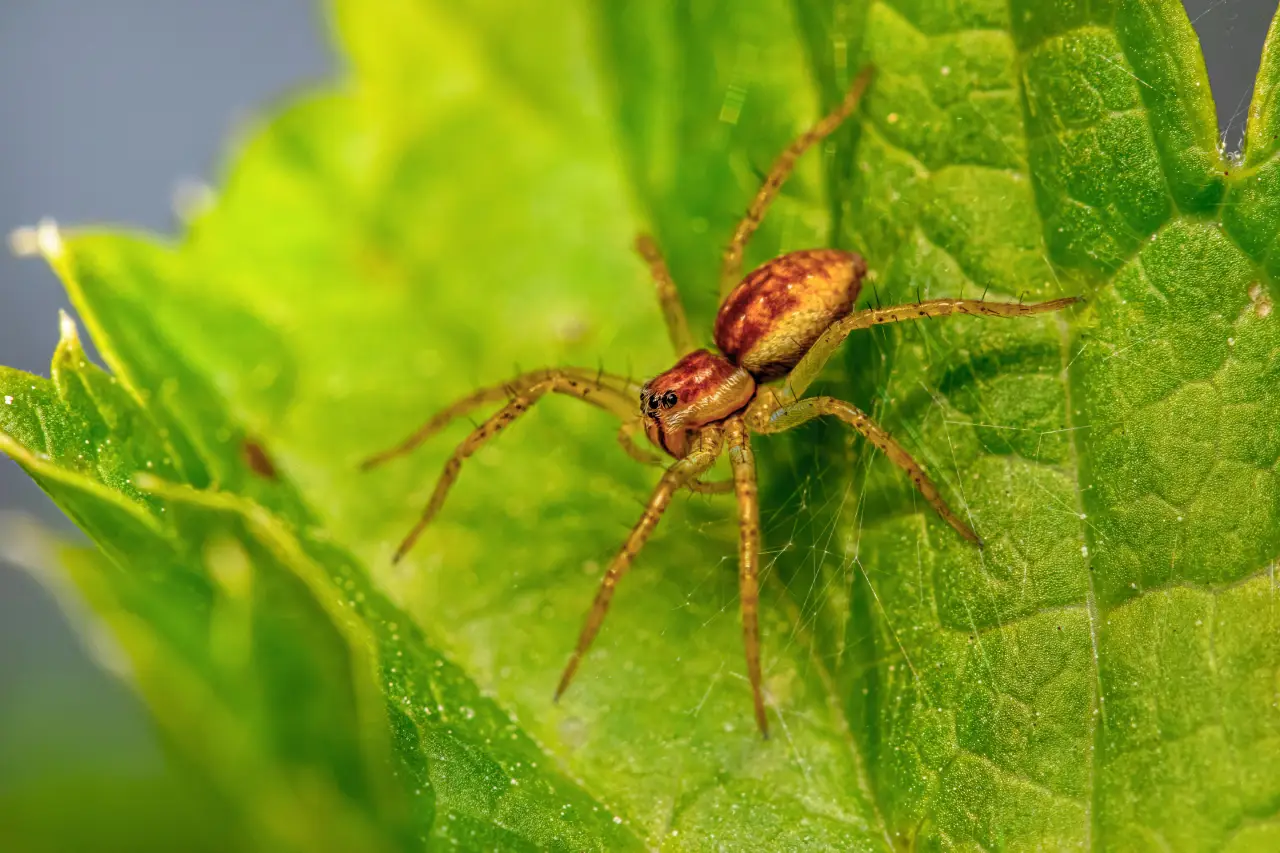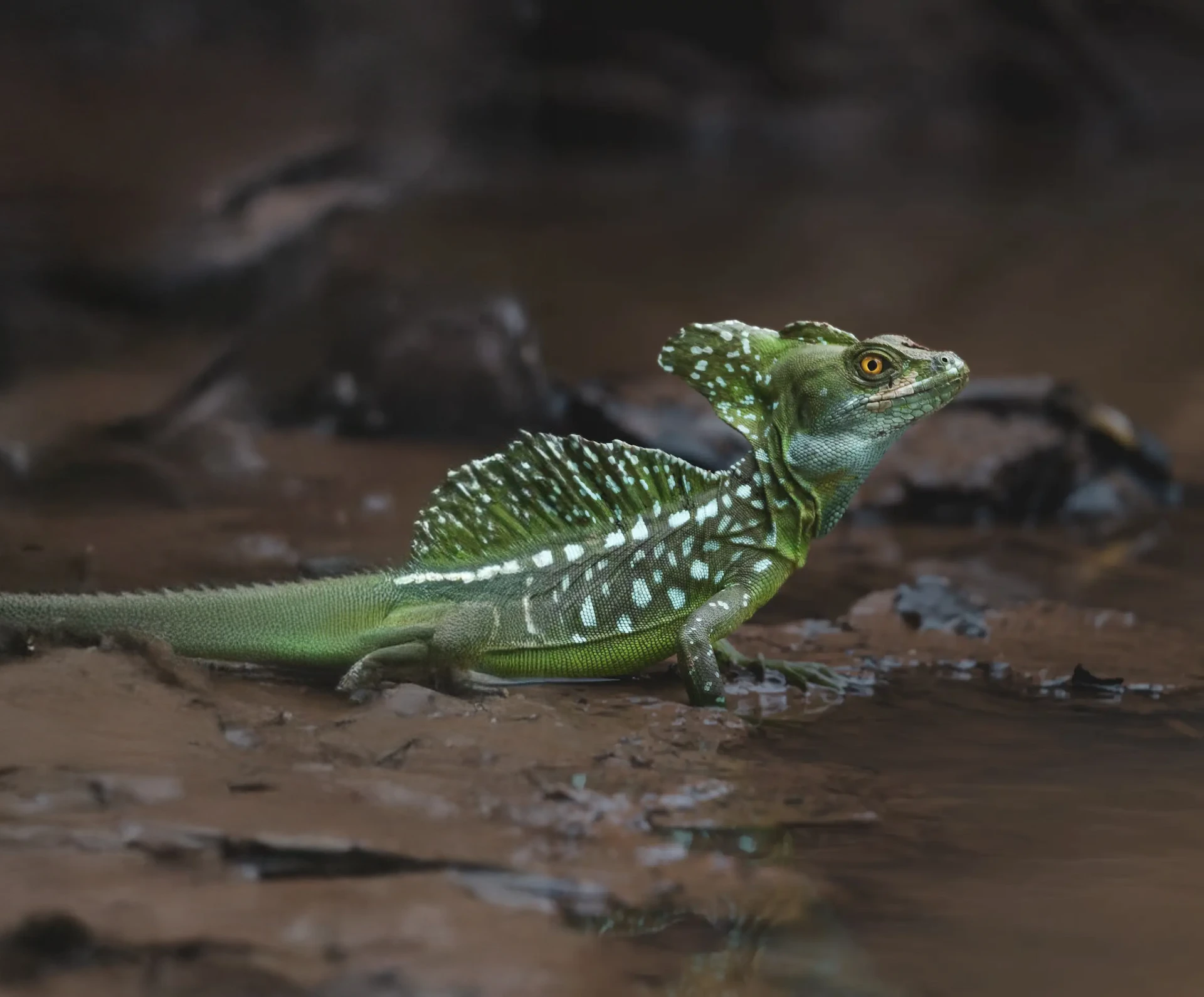Estuaries: Areas where freshwater and saltwater mix!
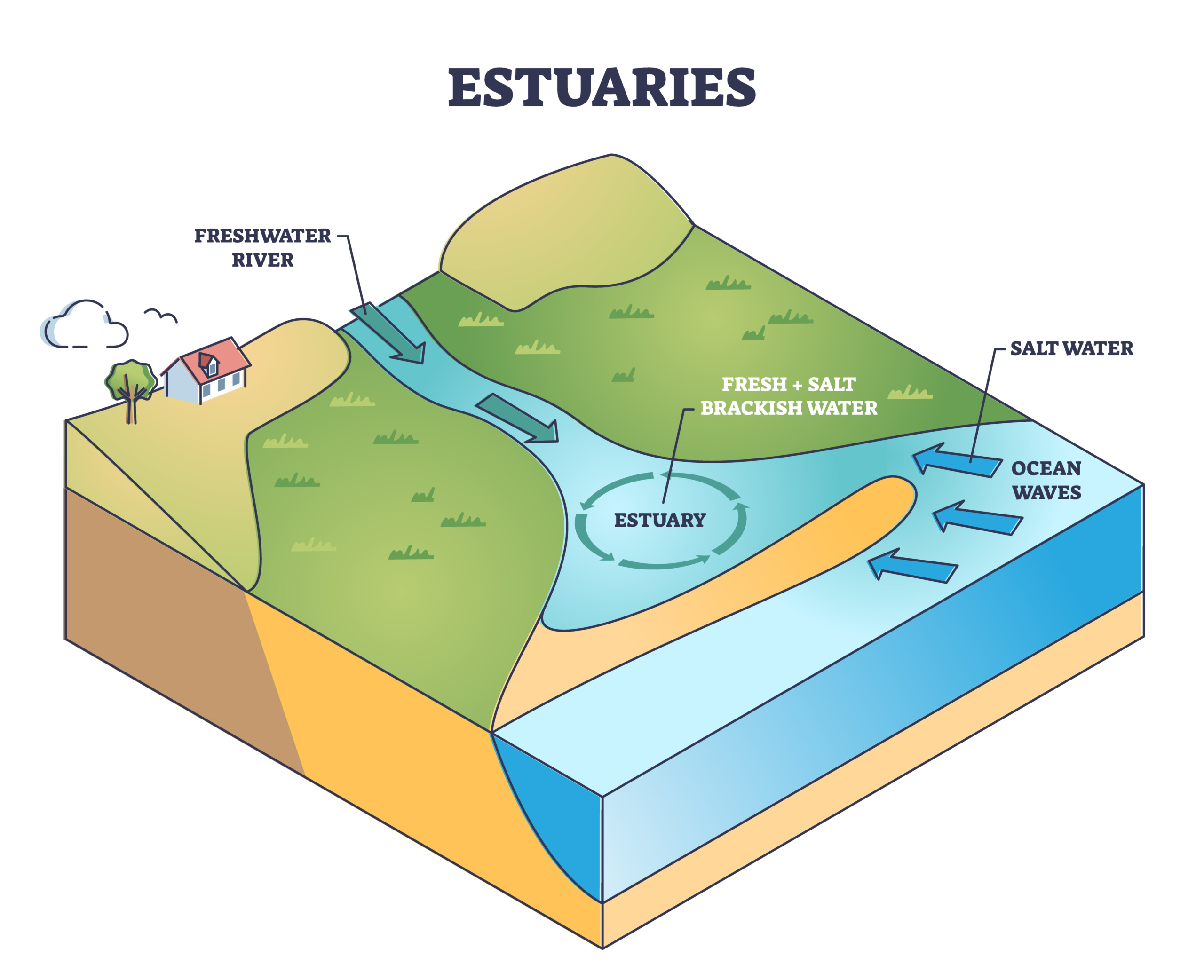
As part of the water cycle, all water eventually flows into the sea. Rainwater makes its way to rivers that lead to the ocean. As a river moves from its origin in the mountains toward a coastal plain, it gets wider and slower. This slow-moving water releases much of the sediment it carries, becoming increasingly shallow, eventually creating a delta. A delta is where the river branches out into a triangular shape. When it meets the ocean, this area is called an estuary.
The average salinity of the ocean is about 35,000 parts per million, while freshwater is less than 1,000 parts per million. The salinity of estuaries falls somewhere in between. Salt marshes and mangrove swamps are two types of estuaries.
These ecosystems are important to marine animals as they make excellent nurseries for baby fish. The roots of the salt grass and mangroves serve as a great hiding place for the young fish, protecting them from storms and predators.
Estuaries are also self-sustaining, providing food and nutrients for fish to grow. Many of the commercially imported fish worldwide spend at least part of their lives in an estuary.


